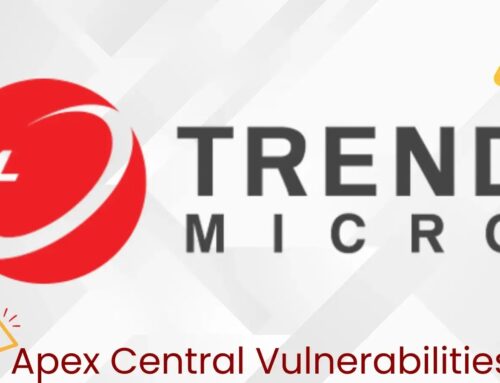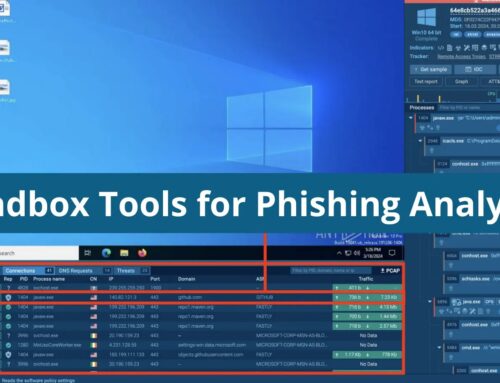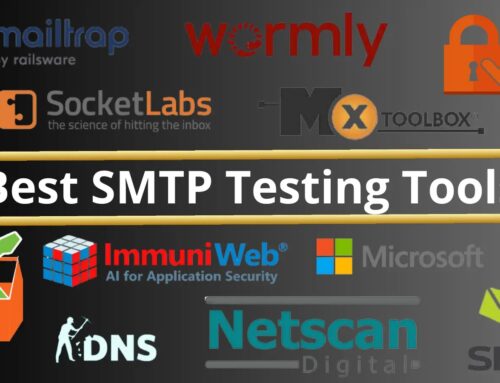
Greedy Sponge Hackers Attacking Financial Institutions With Modified Version of AllaKore RAT
Greedy Sponge: Unpacking the Advanced AllaKore RAT Campaign Against Financial Institutions
The digital defense lines of financial institutions are under constant siege. A financially motivated threat group, ominously dubbed Greedy Sponge, has been systematically targeting Mexican financial organizations since 2021. Their weapon of choice? A heavily modified and sophisticated version of the AllaKore Remote Access Trojan (RAT). This ongoing campaign represents a chilling evolution in cybercriminal tactics, blending social engineering with advanced technical capabilities specifically designed for high-stakes financial fraud operations. Understanding the intricacies of this threat is paramount for cybersecurity professionals safeguarding critical financial infrastructure.
The Evolution of AllaKore: A Deep Dive into Greedy Sponge’s Modus Operandi
AllaKore RAT, while not new to the threat landscape, has been significantly weaponized by the Greedy Sponge group. This isn’t merely a rehash of an existing tool; it’s a strategic adaptation tailored for financial exploitation. The inherent flexibility of RATs allows threat actors to gain persistent access, exfiltrate sensitive data, and manipulate systems remotely. In the hands of Greedy Sponge, this capability is leveraged for:
- Credential Theft: Gaining access to critical banking systems and customer accounts.
- Data Exfiltration: Stealing financial records, personal identifiable information (PII), and intellectual property.
- Real-Time Transaction Manipulation: The ability to initiate and authorize fraudulent transactions, often bypassing traditional security controls.
- Lateral Movement: Spreading within the victim’s network to uncover further vulnerabilities and high-value targets.
The campaign’s longevity, active since 2021, underscores the group’s persistence and the effectiveness of their refined toolkit. Their operations highlight a clear strategic focus on financial gain, distinguishing them from state-sponsored APTs or purely disruptive ransomware groups.
Hybrid Tactics: Social Engineering Meets Technical Sophistication
A key differentiator of the Greedy Sponge campaign is its sophisticated blend of traditional social engineering with advanced technical execution. While the exact initial compromise vectors are not fully detailed in the provided source, threat actors commonly employ:
- Phishing and Spear-Phishing: Tailored emails or messages designed to trick employees into downloading malicious attachments or clicking on malicious links, leading to the AllaKore RAT download.
- Malicious Documents: Word, Excel, or PDF files embedded with macros or exploits that initiate the infection chain upon opening.
- Watering Hole Attacks: Compromising legitimate websites frequented by employees of target organizations to serve the malware.
- Supply Chain Attacks: Infiltrating the software or hardware supply chain of financial institutions to introduce malicious code.
Once initial access is gained, the modified AllaKore RAT deploys its advanced capabilities. The modifications likely include enhanced stealth features to evade detection, persistence mechanisms, and modules specifically designed for financial system interaction, such as keylogging and screen capture to identify financial application interfaces.
Mitigating the AllaKore Threat: Remediation Actions for Financial Institutions
Addressing the threat posed by Greedy Sponge and their adapted AllaKore RAT requires a multi-layered and proactive cybersecurity strategy:
Preventative Measures:
- Employee Training: Conduct regular, in-depth cybersecurity awareness training, specifically focused on identifying sophisticated phishing attempts, social engineering tactics, and the dangers of suspicious attachments or links. This training should be tailored to the specific threats faced by financial institutions.
- Email Security Gateways: Implement advanced email filtering solutions that can detect and block malicious attachments, URLs, and suspicious sender behaviors before they reach end-users.
- Endpoint Detection and Response (EDR): Deploy EDR solutions across all endpoints. These tools can detect and respond to suspicious activities, even if traditional antivirus bypasses occur. They are crucial for identifying the presence and activity of RATs like AllaKore.
- Network Segmentation: Isolate critical financial systems and data on separate network segments. This limits lateral movement even if one segment is compromised.
- Principle of Least Privilege: Enforce strict access controls, ensuring users and systems only have the minimum necessary access required for their functions.
- Regular Patch Management: Keep all operating systems, applications, and network devices fully patched to remediate known vulnerabilities. While no specific CVEs for this AllaKore variant were provided, ensuring systems are up-to-date is a fundamental security hygiene.
Detection and Response Measures:
- Threat Intelligence Integration: Subscribe to and integrate high-fidelity threat intelligence feeds, particularly those focused on financially motivated threat groups and TTPs (Tactics, Techniques, and Procedures) used against the financial sector.
- Behavioral Analytics: Monitor network traffic and system behavior for anomalies characteristic of RAT activity, such as unusual outbound connections, unauthorized data transfers, or process injection.
- Intrusion Detection/Prevention Systems (IDS/IPS): Configure and regularly update IDS/IPS signatures to detect known AllaKore RAT indicators of compromise (IoCs) and suspicious network patterns.
- Incident Response Plan: Develop and regularly test a comprehensive incident response plan specifically for data breaches and financial fraud scenarios, including clear communication protocols.
- Multi-Factor Authentication (MFA): Implement MFA for all critical systems and accounts, especially those with access to financial transactions.
Essential Tools for Defense Against Advanced RATs
| Tool Name | Purpose | Link |
|---|---|---|
| Cortex XDR | Endpoint Detection and Response (EDR), Behavioral Analytics | https://www.paloaltonetworks.com/cortex/cortex-xdr |
| CrowdStrike Falcon Insight | Endpoint Protection Platform (EPP) with EDR and Threat Intelligence | https://www.crowdstrike.com/products/endpoint-security/falcon-insight-edr/ |
| Splunk Enterprise Security | SIEM for centralized logging, anomaly detection, and incident response | https://www.splunk.com/en_us/software/splunk-enterprise-security.html |
| Proofpoint Email Protection | Advanced email security gateway for threat detection | https://www.proofpoint.com/us/products/email-protection |
Conclusion: Strengthening Defenses Against Evolving Financial Threats
The Greedy Sponge campaign serves as a stark reminder that cybercriminals are continuously innovating their attacks. Their adaptation of AllaKore RAT for targeted financial exploitation underscores the critical need for financial institutions to maintain robust and adaptive cybersecurity postures. By prioritizing comprehensive employee training, deploying advanced detection and response tools, and rigorously adhering to best practices in patch management and access control, organizations can significantly enhance their resilience against sophisticated threats like Greedy Sponge. Vigilance and proactive defense are not merely advisable; they are imperative in safeguarding the integrity of global financial systems.





